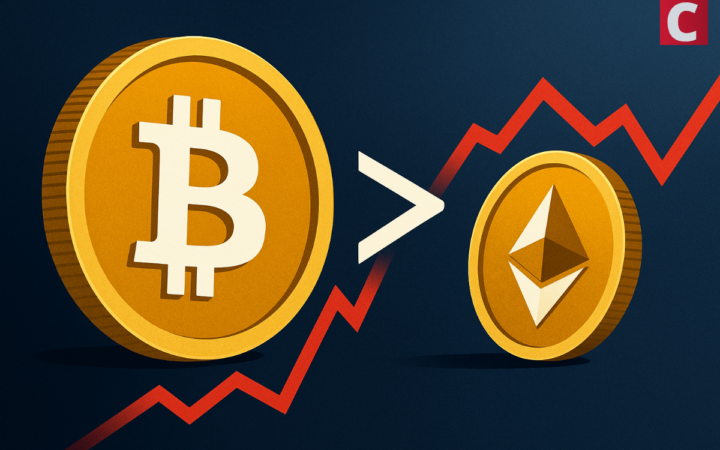Taking strong interest in blockchain, cryptocurrencies, and IoT, Tatsiana Yablonskaya got deep understanding of the emerging techs believing in their potential to drive the future.
The months of heated debates over the bitcoin block size seem to be over. The Bitcoin Roundtable in Hong Kong’s Cyberport has ended with long-expected consensus.
The prominent representatives of bitcoin industry, core developers and community leaders, CEOs of bitcoin mining companies, exchanges and other industry mainstays have together come to several substantial conclusions.
The work with the entire Bitcoin protocol development community to develop a safe hard-fork based on the improvements in SegWit will be continued. The Bitcoin Core contributors present at the Bitcoin Roundtable are to implement such a hard-fork available as a recommendation to Bitcoin Core within three months after the release of SegWit.
The Roundtable agreement stipulates this hard-fork to include an increase in the non-witness data of around 2 MB, with the total size no more than 4 MB. Participants concurred that the hard-fork will only be adopted with broad support across the whole Bitcoin community. In this case the hard-fork will be put in action approximately in July 2017.
Soon after the results of the Roundtable got announced, the BTC/USD rate rocketed to around $450 per BTC – the highest level since the beginning of the year.
Not everyone in bitcoin community remained satisfied with the decision made in the Roundtable. Brian Armstrong, the co-founder and CEO of Coinbase, called it “Too Little, Too Late” and continued encouraging bitcoin firms to switch away from the core implementation:
“There is a big difference between words and action. The consensus proposal is a series of words and it’s still unclear if those will be upheld. I feel this plan should be rejected is that it reinforces the idea that bitcoin protocol development should be done by a single group, regardless of how well they do the job.
He continued: “Bitcoin would be better off with a multi-party system, where several teams compete to add features to the protocol. Then the industry can vote on which to adopt (by encoding votes in the blockchain, seeing which node they want to run, etc.).”
“Yes, consensus rules still work in this model. Meanwhile, another team, BitcoinClassic, has already taken action and shipped a working solution in code that we can use today. If you are a bitcoin miner or business owner, I would urge you to consider joining the companies who have upgraded to Bitcoin Classic to help bitcoin continue scaling.” he added.
BitFury Group, a leading, fully integrated Bitcoin Blockchain infrastructure provider and transaction processing company, sees Bitcoin Classic as the best way to solve the bitcoin block size issue. The company has always advocated the pragmatic approach: a careful evaluation of all pros and cons and taking into account all potential risks and benefits. At the end of January it held a round table discussion with more than 70 prominent people from the bitcoin industry. As a result of discussion, BitFury published several key conclusions.
BitFury CEO Valery Vavilov once personally expressed support to Bitcoin Classic. In general Bitcoin Classic is supported by more than 72% of mining pools. The largest mining pools and transaction processors in the industry such as KnCMiner have also approved of the 2 megabytes block size increase proposal. Apart from Coinbase and BitFury, it was also backed up by Bitstamp, Circle, Jeff Garzik, Roger Ver, and Gavin Andresen.





